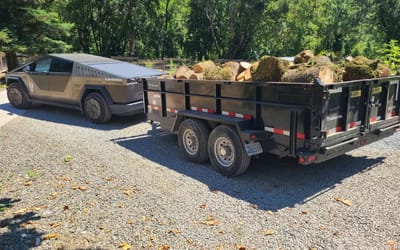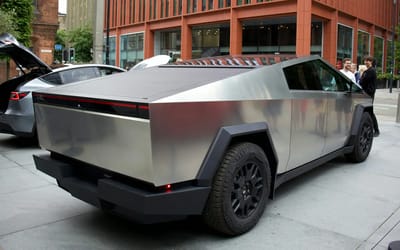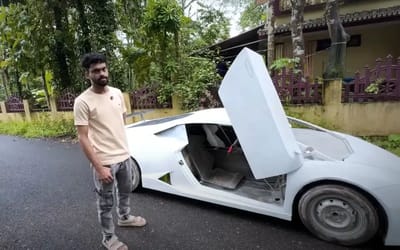NASA uses supercomputer to create video showing what it’s like to fall into a black hole
- NASA supercomputer recreated POV of falling into a black hole
- A process known as ‘spaghettification’ happens
- And it takes just 12.8 seconds for it to destroy whatever goes inside
Published on May 09, 2024 at 5:52 PM (UTC+4)
by Amelia Jean Hershman-Jones
Last updated on May 10, 2024 at 1:18 PM (UTC+4)
Edited by
Tom Wood
In a POV you never knew you needed, a NASA supercomputer has recreated what it looks like to fall into a black hole.
Not only does it make for mind-bending viewing, but it also bends everything physically via a process known as ‘spaghettification’.
And it takes just 12.8 seconds to destroy whatever is unfortunate enough to be sucked inside the black hole.
READ MORE! Cambridge scientist believes faraway planet has ’50/50′ chance of alien life
“Once the camera crosses the horizon, its destruction by spaghettification is just 12.8 seconds away,” a NASA scientist involved said.
‘Spaghettification’ is an effect that, per NASA, ‘essentially stretches out the object more and more as the object gets closer to the black hole, creating a long, thin shape’.
The simulation uploaded to YouTube, shows the POV once beyond the event horizon of a supermassive black hole that nothing – not even light – can escape.
The simulated supermassive black hole is equivalent to one that sits at the center of our Milky Way galaxy.
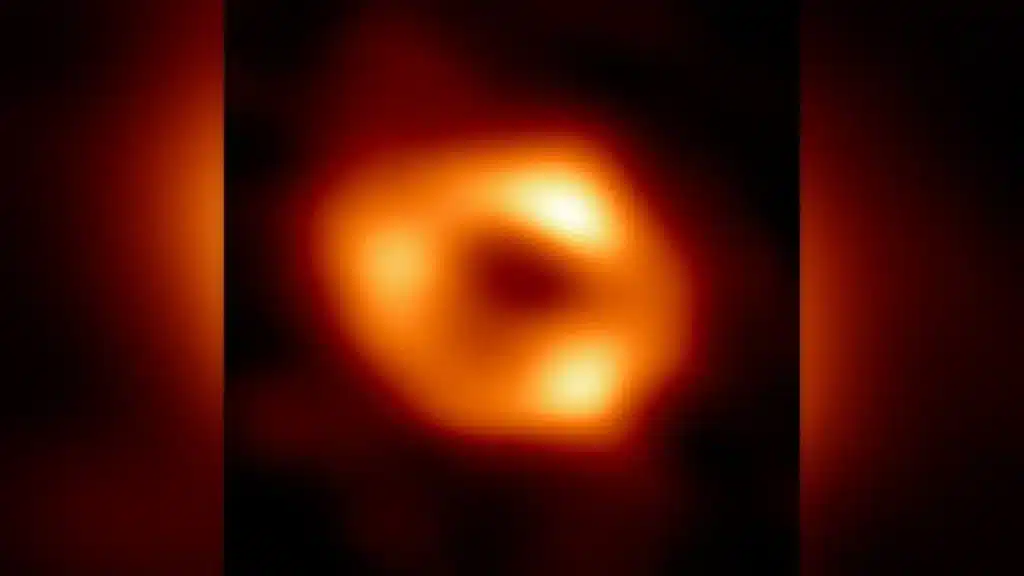
It’s roughly 4.3 million times the mass of the sun, with the black hole’s event horizon measuring around 25 million kilometers (16 million miles).
Scientists discover a ginormous black hole ‘extremely close’ to Earth that is 33 times bigger than the Sun.
The organization, based at Goddard Space Flight Center in Maryland, employed a supercomputer to create the unprecedented visualization.
The Discover supercomputer worked on the project, which amounted to 10 terabytes of data, for five days.
Jeremy Schnittman, an astrophysicist at NASA’s Goddard Space Flight Center, who was behind the visualizations made a statement.
“People often ask about this, and simulating these difficult-to-imagine processes helps me connect the mathematics of relativity to actual consequences in the real universe,” he said.
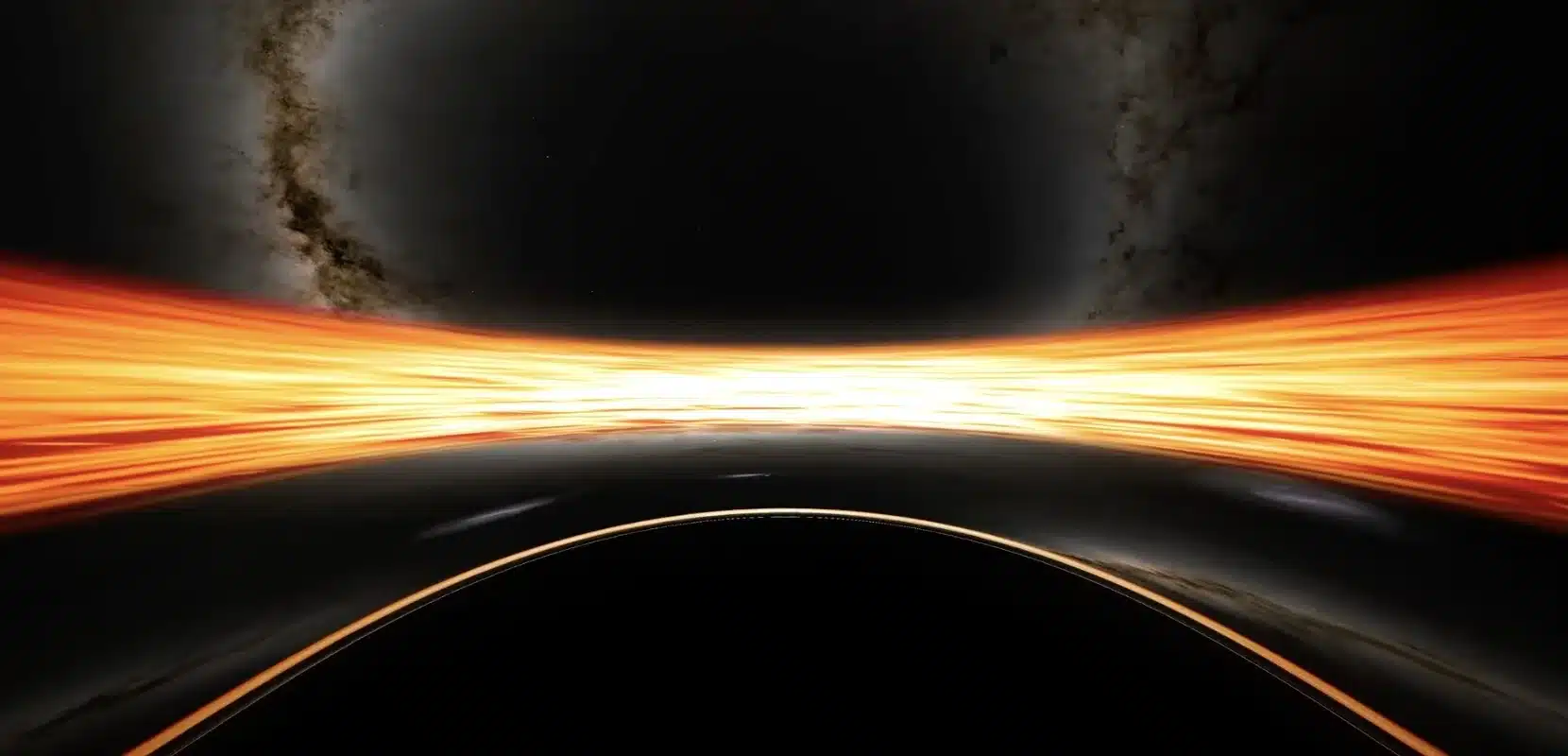
“So I simulated two different scenarios, one where a camera – a stand-in for a daring astronaut – just misses the event horizon and slingshots back out, and one where it crosses the boundary, sealing its fate.”
So what can we see? First up, it’s fast. In fact, the speed of the camera entering the black hole almost reaches the speed of light.
As the camera enters the black hole where space-time is warped, orange and yellow photon rings that surround it are distorted.
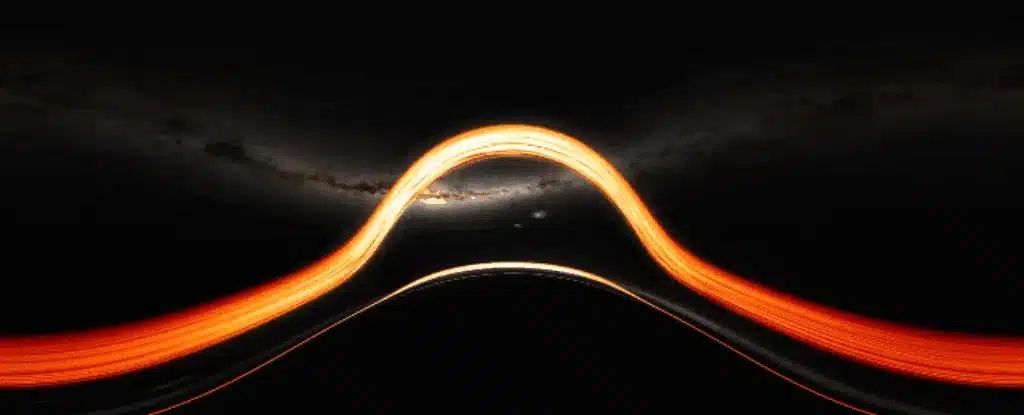
However, when the camera reaches the black hole’s center, everything goes black as the camera hits a one-dimensional point, known as a singularity.
This is the point at which ‘spaghettification’ occurs, per Dr Schnittman.
The process totals just 12.8 seconds.
In other black hole discoveries, scientists discovered a body of water in a black hole 30 billion trillion miles away.
These and other discoveries only add to the apparent sudden interest in exploring deep space and the search for alien life – which seem to be hotting up with Elon Musk making a statement on what he will do if SpaceX encounters aliens.
DISCOVER SBX CARS: The global premium car auction platform powered by Supercar Blondie

All Supercar Blondie contributors undergo editorial review and fact-checking to ensure accuracy and authority in automotive journalism. After gaining her BA Hons in French and English at the University of Nottingham, Amelia embarked on a vocational diploma from the National Council for the Training of Journalists (NCTJ). This led to numerous opportunities, from interning at Vogue to being on the small team that launched Women’s Health magazine in the UK, which was named the PPA Consumer magazine of the year for three years running. As Health, Beauty and Fitness editor, Amelia personally received a Johnson & Johnson Award and was shortlisted for both PPA and BSME titles. Since then, Amelia has created content for numerous titles and brands, including the Telegraph, 111 Skin, Waitrose, Red magazine, Stylist, and Elle, as well as being Head of Content at Vitality and Editor in Chief at INLondon magazine. “My superpower is translating technical jargon about the mechanical workings of a supercar into a relatable story you’ll want to share with your friends after you’ve read it.” After joining the SB Media family as a senior journalist in September of 2023, Amelia’s role has evolved to see her heading up the SEO output of the editorial team. From researching the most ‘Google-able’ key terms to producing evergreen content - it’s been a time of hard work, growth, and success for the editorial team and the Supercar Blondie website. “I like to think of myself as a ‘method journalist’. In other words: I live and breathe whatever I am writing about. When writing about fitness, I trained as a personal trainer, and as a beauty editor, I completed an ‘expert’ in scent diploma with the Fragrance Foundation. “During my tenure at Supercar Blondie, however, I did something I never thought possible: I passed my driving test at the age of 36. One day I’d love to train as a mechanic to better understand what happens under the hood, too. “My sweet spot is providing readers with a ‘takeaway’ (read: something new they didn’t know before) after reading every one of my stories. While I don’t claim to be an expert in the automotive world, I know the experts and bodies in the field to rely on to provide our readers with an informative and thought-provoking story every time they visit the site.”
